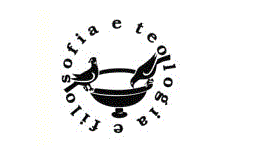


Il contributo studia la conversione comparando i due testi apocalittici del sec. I d.C. 2 Baruche IV Esdra. Si concentra sui modi in cui ai loro ascoltatori in gruppo è proposto un cammino di trasformazione, che risponda al disorientamento identitario e agli angoscianti interrogativi sulla salvezza sollevati, nel mondo giudaico, dall’evento epocale della distruzione di Gerusalemme e del Secondo Tempio.
La testimonianza dei due veggenti pseudonimi guida alla conversione, non mancando di invitare al ritorno all’osservanza operativa della Torah. Lascia in tal modo intravedere nel percorso sia il riconoscimento di una componente teologica, tematizzata in modi diversi a partire dall’esperienza di vita, sia la rilevanza, nel cammino di trasformazione, dell’altro, comunità diacronica e sincronica inclusa, che lo accompagna e innesca.
Parole chiave: Conversione, apocalissi, 2 Baruch, 4 Esdra
The study focuses on conversion comparing the two apocalypses of the first century A.D. 2 Baruch and 4 Ezra. It concentrates on the ways the expected in group diachronic and synchronic parteners are envited to enter transformative anthropological paths, to overcome the distressing questions about salvation, risen in the Jewish world of that time by the tragic Roman distruction of Jerusalem and the Second Temple.
The two pseudonimous seers testimony to an intention to introduce their listeners both to deep conversion, and to the Torah and its close observance.Thus they reveal both the recognition of a theological component assumed and thematized from experience, and the great importance of the community and the other, a diachronic and synchronic part of the process.
Keywords: Conversion, apocalypses, 2 Baruch, 4 Ezra